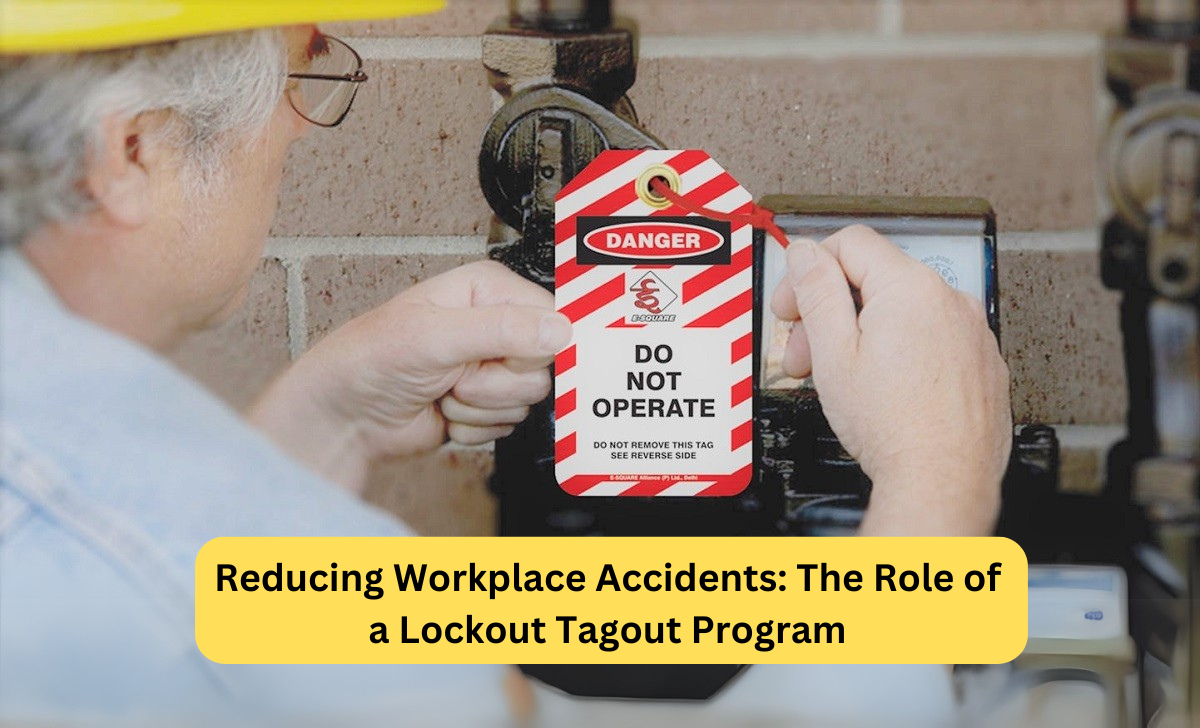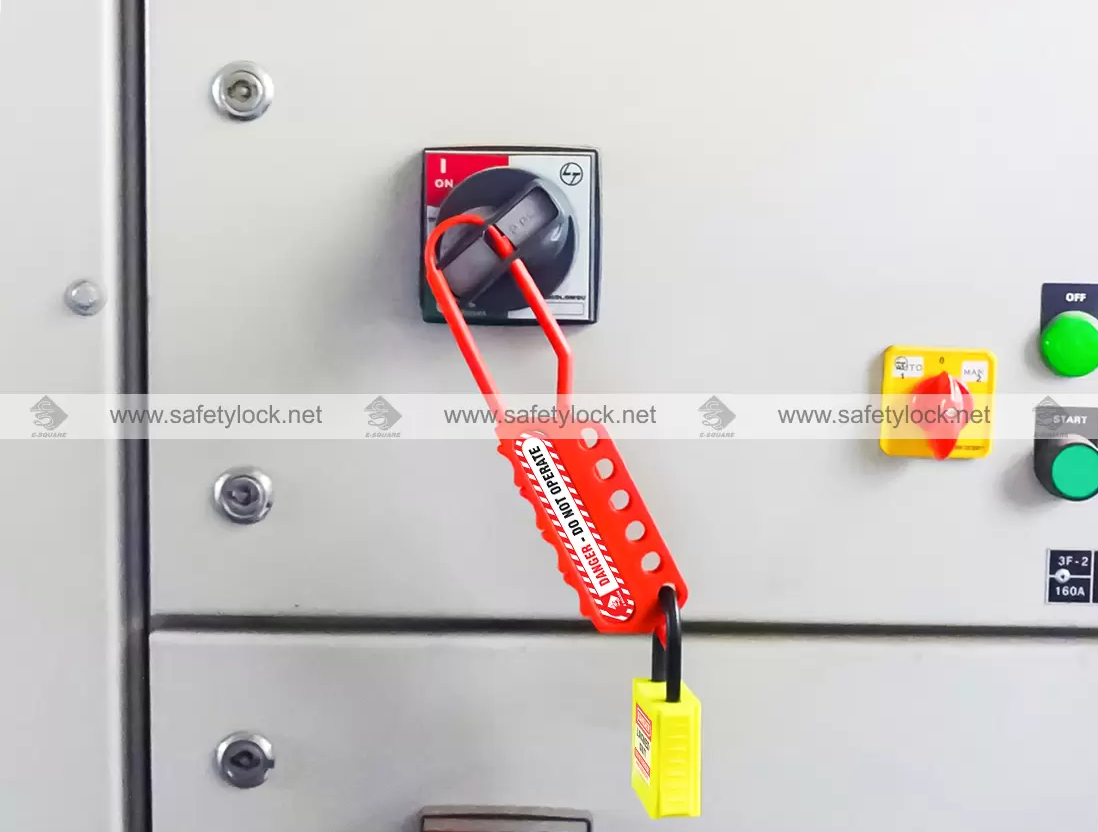LOTO Devices That Save Lives: Elevating Workplace Safety Standards

Strong 8k brings an ultra-HD IPTV experience to your living room and your pocket.
Workplace safety is a cornerstone of any responsible organization, and Lockout Tagout devices play a critical role in protecting workers from hazardous energy sources. From heavy machinery to electrical systems, uncontrolled energy can pose severe risks, including injuries or fatalities. LOTO devices ensure that equipment is properly isolated and secured during maintenance or repair, preventing accidents and saving lives. By adopting robust LOTO practices, companies can elevate their safety standards, foster a culture of care, and comply with regulatory requirements.
Understanding LOTO and Its Importance:
Lockout Tagout refers to a set of procedures designed to control hazardous energy sources, such as electrical, mechanical, hydraulic, or pneumatic energy, during equipment maintenance. LOTO devices physically lock or tag machinery to prevent it from being energized, ensuring workers are safe from unexpected startups. According to the Occupational Safety and Health Administration (OSHA), failure to control hazardous energy accounts for nearly 10% of serious workplace accidents in the United States. LOTO systems are not just tools - they are lifesaving mechanisms that protect employees in industries like manufacturing, construction, and energy, etc.
Key Components of LOTO Devices:
LOTO devices come in various forms, each designed to address specific safety needs. These devices are simple yet effective, ensuring energy sources are isolated before work begins. Common LOTO devices include:
Lockout Padlocks: Padlocks are essential LOTO devices, crafted from non-conductive materials like nylon to prevent electrical hazards. Durable and tamper-resistant, padlocks secure switches or valves, providing reliable protection against hazardous energy releases during maintenance tasks. These are used to secure energy-isolating devices, ensuring only authorized personnel can remove them.
Lockout Hasps:
Lockout hasps enable safe group maintenance by allowing multiple padlocks on a single energy source. Made from durable, corrosion-resistant materials like stainless steel, they withstand harsh environments. Their tamper-proof design enhances safety, preventing premature machine startups in collaborative settings.
Safety Tags:
Lockout tags are weather-resistant, made from durable vinyl or polyester to endure harsh conditions. They prominently display “DO NOT OPERATE” warnings, alerting workers to ongoing maintenance. Lockout safety tags used with padlocks, provide a critical visual cue, preventing accidental equipment operation and enhancing workplace safety.
Valve Lockouts:
Valve lockouts secure gas, liquid, or steam valves, preventing hazardous releases during maintenance. Made from robust materials like polypropylene, they fit various valve types, including ball and gate valves. Adjustable designs accommodate different sizes, ensuring versatility.
Circuit Breaker Lockouts:
Circuit breaker lockouts prevent accidental energization of electrical circuits during maintenance. Constructed from non-conductive materials like polycarbonate, they fit single-pole and multi-pole breakers.
Cable Lockouts:
Cable lockouts are versatile, securing irregular or complex energy sources like oversized valves or machinery. Featuring flexible steel or nylon cables, they thread through isolation points and lock with a padlock. Adjustable cable lengths adapt to various equipment, ensuring effective energy isolation. Their durability and flexibility make them ideal for non-standard applications, enhancing safety across diverse industrial settings.
Each device is designed to be durable, tamper-resistant, and easy to use, ensuring workers can rely on them in high-risk environments.
How LOTO Devices Save Lives
LOTO devices are critical in preventing accidents caused by the sudden release of energy. For example, a worker repairing a machine without proper lockout could face severe injury if the equipment is accidentally turned on. LOTO devices eliminate this risk by ensuring the machine remains inoperative until the work is complete.
Real-world data underscores their importance: OSHA estimates that proper LOTO procedures could prevent approximately 120 fatalities and 50,000 injuries annually in the U.S. alone. By implementing LOTO systems, companies protect their workforce and reduce downtime caused by accidents.
Benefits of Implementing LOTO Systems:
Adopting LOTO devices offers numerous advantages beyond immediate safety. These include:
Regulatory Compliance: Adhering to OSHA standards or other local regulations avoids costly fines and legal issues.
Enhanced Productivity: A safe workplace boosts employee morale and reduces disruptions caused by accidents.
Cost Savings: Preventing injuries reduces medical costs, workers’ compensation claims, and equipment damage.
Improved Reputation: Companies prioritizing safety attract skilled workers and build trust with clients.
Best Practices for Effective LOTO Implementation:
To maximize the effectiveness of LOTO devices, organizations must follow best practices. These include:
Training Employees: Ensure all workers understand LOTO procedures and how to use devices correctly.
Clear Procedures: Develop and communicate standardized LOTO protocols for all equipment.
Regular Audits: Periodically inspect LOTO systems to ensure compliance and identify gaps.
Use of Authorized Personnel: Only trained individuals should perform lockout tagout tasks.
Maintaining Equipment: Regularly check LOTO devices for wear and tear to ensure reliability.
Conclusion
LOTO devices are indispensable tools for elevating workplace safety standards. By preventing hazardous energy releases, these devices protect workers, reduce accidents, and ensure compliance with safety regulations.
Companies that invest in LOTO systems demonstrate a commitment to employee well-being, fostering a culture of safety and responsibility. As workplaces evolve, integrating LOTO devices into daily operations remains a vital strategy for saving lives and building safer, more productive environments. Prioritizing LOTO is not just a regulatory obligation - it’s a moral imperative that safeguards the heart of any organization: its people.
Note: IndiBlogHub features both user-submitted and editorial content. We do not verify third-party contributions. Read our Disclaimer and Privacy Policyfor details.







